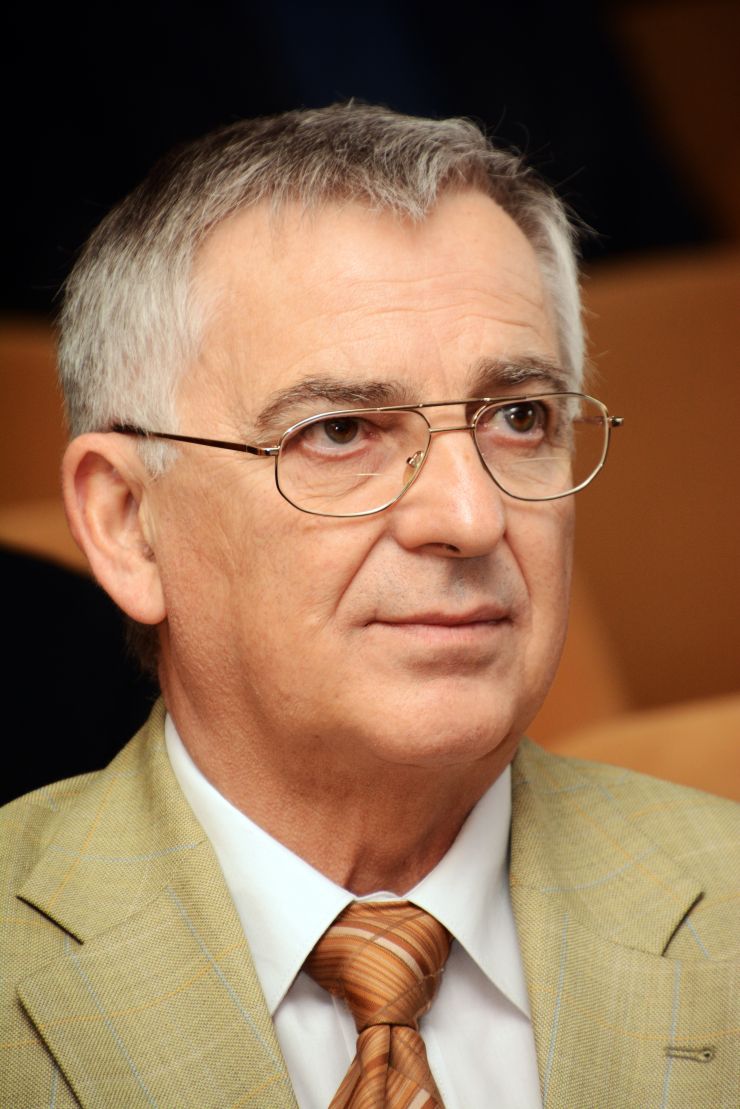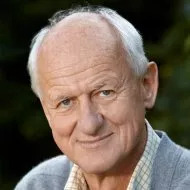
Prof. Dr. László Lénárd
Emeritus professor
Institute of Physiology
Pécs University Medical School
The Hungarian Neuroscience Society founded 30 years ago.
In these days we are celebrating the 30th anniversary of foundation of the independent Hungarian Neuroscience Society (MITT – HNS). This presentation is a historical overview of the circumstances and preceding events leading to the foundation. The development of interrelationship with the IBRO, the ENA and the FENS will also be discussed. The foundation of the HNS has been preceded by number of events. In the few decades after the World War II, the Hungarian Physiological Society (HPhS) became the most attractive community and scientists favoured this Society over their strict disciplinary classification. Members of the HPhS enjoined the privilege to show their results in separate thematic sections on the yearly conferences. Soon, different sections have been formed within the framework of the HPhS, among others the Neuroscience Section.
Another event that preceded the foundation of the HNS was that the Hungarian Academy of Sciences launched a new program entitled Regulatory Mechanisms of Life Processes. Neurobiologists welcomed this opportunity and they thought the best way to join this project was to organize meetings to show the level of advancement in neurobiology research. Therefore, the organization of Neurobiology Colloquia was decided. The First Colloquium was held in Tihany, in 1974 and followed by others in different cities of Hungary. These series of meetings set a kind tradition that wintertime, usually at the end of January, neurobiologists convened and these conventions gradually became transformed into the Conference of the Neuroscience Section of the HPhS dealing with the Regulatory Mechanisms of Life Processes. In the forthcoming years the conferences of the Neuroscience Section were regularly held in different cities with rotation until 1993.
In the Visegrád Conference in 1992, the Board has contemplated that the time has arrived to start with the preparation of founding an independent HNS. After the Conference in Visegrád the president of the Board sent out a circular to the members requesting help in formulating the statutes. The statutes were accepted by the members and the foundation of the HNS was officially announced in January 21, 1993, in the Conference held in Veszprém. The first HNS Congress was held in Pécs, between January 27-29, 1994. During the past 30 years the number of HNS members highly increased, and the Hungarian neuroscience meetings became the well-recognized forum for neuroscientists in Hungary and abroad.

Prof. Dr. Zoltán Molnár
Professor of Developmental Neuroscience
Department of Physiology, Anatomy and Genetics,
University of Oxford
Evolution of thalamocortical development
Conscious perception in mammals depends on precise circuit connectivity between the cerebral cortex and thalamus; the evolution and development of these structures are closely linked. During the wiring of reciprocal connections between cortex and thalamus, thalamocortical axons (TCAs) first navigate forebrain regions that had undergone substantial evolutionary modifications. In particular, the organization of the pallial subpallial boundary (PSPB) diverged significantly between mammals, reptiles, and birds. In mammals, transient cell populations in internal capsule and early corticofugal projections from subplate neurons closely interact with TCAs to enable PSPB crossing. Prior to TCA arrival, cortical areas are initially patterned by intrinsic genetic factors. TCAs then innervate cortex in a sensory modality specific manner to refine cortical arealization and form primary sensory areas.
Here, I shall review the mechanisms underlying the guidance of TCAs across forebrain boundaries, the implications of PSPB evolution for TCA pathfinding, and the reciprocal influence between TCAs and cortical areas during development.
Reference: Zoltán Molnár and Kenneth Y. Kwan (2023) Development and evolution of thalamocortical connectivity. "Evolution and Development of Neural Circuits" Cold Spring Harbor Perspectives in Biology, Edited by Laura Andreae, Justus Kebschull, Anthony Zador (invited review in revision)

Jes Olesen, PhD, DSc
Clinical Professor
Department of Clinical Medicine
University of Copenhagen
Translating migraine from man to animal
Translational research usually means that discoveries in basic science are translated to humans. For migraine the opposite has been the most successful. Migraine poses the unique possibility that attacks can be provoked in patients in a fully ethical fashion. Carotid arteriography induces aura in patients and measurements of regional cerebral blood flow have made it almost certain that cortical spreading depression is the mechanism of the aura and a valid animal model. Nitric oxide (NO) donors induced migraine and a non-selective nitric oxide synthase (NOS)-inhibitor was effective in migraine treatment. A valid mouse model uses repeated injections of NO donors. Calcitonin gene-related peptide (CGRP) induced migraine attacks and this was crucial for the development of modern CGRP antagonistic treatments of migraine that now revolutionize migraine treatment. Pituitary adenylate cyclase activating peptide (PACAP) induced migraine and a monoclonal antibody against PACAP is currently in clinical trial. A mouse model showed that the pathway for PACAP induced migraine is independent of CGRP. Prostanoids and several other signaling molecules, most importantly openers of ATP sensitive potassium channels (Katp) also induced migraine. Mechanisms of provoking molecules have been analyzed in detail in rodent models of migraine. They suggest that migraine induction as well as migraine treatment take place outside of the blood-brain-barrier, that CGRP antagonistic drugs and triptans are not additive, that NO mechanisms and CGRP mechanisms are closely interrelated. Katp channel blockers were effective in rodent models and may represent a new target for migraine treatment.

Ewelina Knapska, PhD, DSc
Associate Professor
Laboratory of Emotions Neurobiology
Nencki Institute of Experimental Biology
The Central Amygdala as a Motivational Hub: Paving the Way for Personalized Therapies in Behavioral Disorders
The current impasse in developing mechanism-based therapies for neuropsychiatric disorders can be overcome by adopting a symptom and circuit-specific approach. The complexity of neuronal circuits involved in controlling behaviors necessitates a focused approach targeting specific brain regions that serve as hubs of high connectivity. One such hub is the central amygdala (CeA), which plays a crucial role in motivation.
We identified specific neuronal circuits within the CeA that are critical for initiating and maintaining social interaction, as well as recognizing negative emotional states in others. We also identified the circuits involved in modulation of food motivation. Interestingly, the social- and food-related circuits only partially overlap. Importantly, our studies have demonstrated the involvement of the human CeA in processing social and food-related stimuli.
These findings provide a promising avenue for developing therapeutic interventions that target specific circuits within the CeA. By focusing on the unique roles of these circuits in various behaviors and emotional processes, researchers can potentially develop circuit-focused treatments for motivation disorders such as depression or autism spectrum disorder.
